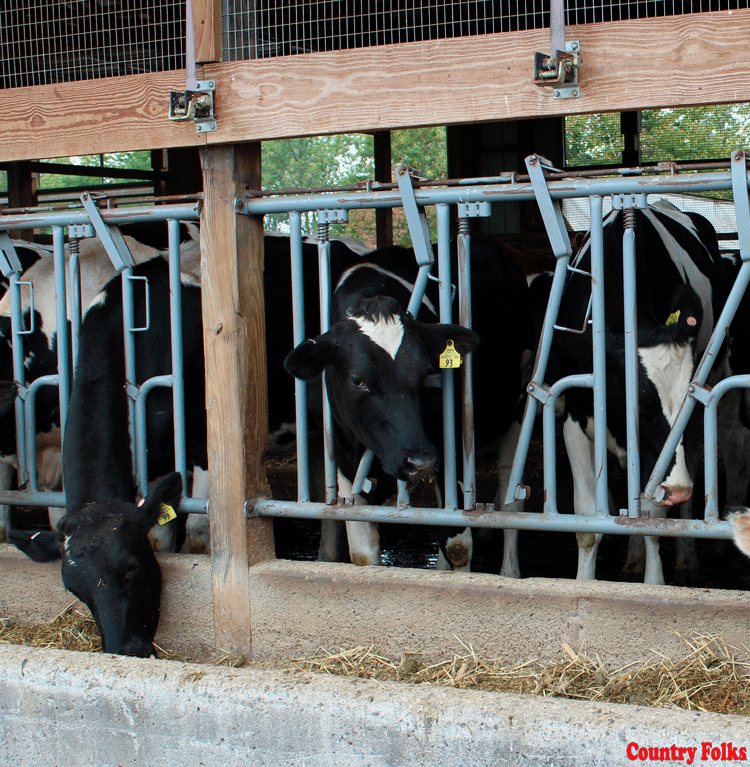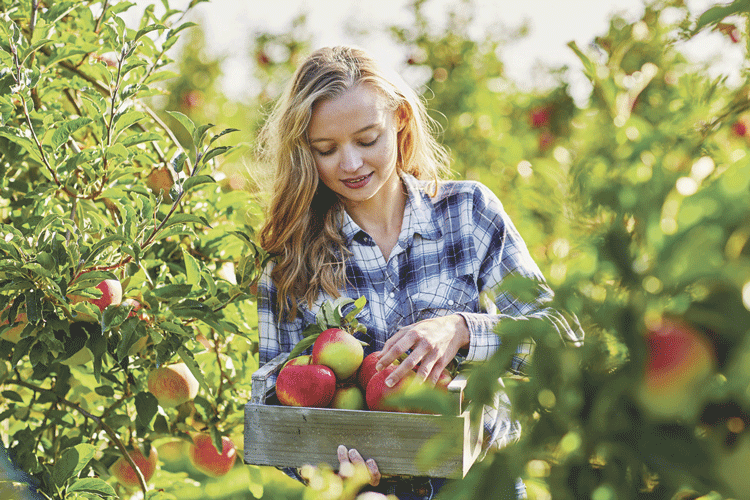 by Terry Lynn Colligan
by Terry Lynn Colligan
That Sunday morning, Sept. 22, looked less than promising weather-wise for the final day of the Common Ground Country Fair in Unity, Maine. Yet, by 2 p.m. the in and out sunshine shone down on fairgoers and the weather became slightly humid. The sponsor of the fair, Maine Organic Farmers and Gardeners Association (MOFGA), formed in 1971, is the oldest and largest state organic organization in the country.
Now in its 37th year of operation, the Common Ground Country Fair is encouraging young farmers in their chosen careers. To this end, Rebecca Thistlethwaite was a featured speaker addressing the topic of: Bootstrapin’: Everything a New Farmer Needs to Know but was Afraid to Ask!
During the past 15 years she has been a farm worker, a food retailer, an agricultural researcher, an educator, a farm owner, a nonprofit manager and a consultant to all sizes of farms. Most recently, she is the author of the book, “Farms with a Future: Creating and Growing a Sustainable Farm Business.”
During the discussion, numerous participants cited self-sufficiency as the reason for their interest in farming. Participants had varied interests and ideas for their farms including raising pigs, selling vegetables wholesale, producing maple syrup, raising turkeys, poultry, livestock and homesteading.
Start-up concerns included acquiring land, obtaining working capital, finding a market niche, establishing a customer base and deciding on what scale your farm will be.
The most frequently asked question of those interested in farming was, “Where and how do I start?”
Ms. Thistlethwaite said that gaining an apprenticeship in the kind of farming venture that the would-be farmer is interested in starting is invaluable. It is, “essential to put yourself out there to gain the necessary skill set that you will be needing on your farm,” she said.
Acquiring a piece of land to work on by obtaining a year-to-year lease agreement with the landowner is one of the best ways to begin, she emphasized.
That landowner should help to pay for some of the cost of improving the infrastructure of the property such as replacement fencing.
Another means to consider in the attempt to get a working piece of land is to join a land-sharing co-op.
Finding a retiring farmer who would like to see his farm remain in active agriculture would be another means of getting a farmland.
Making use of one’s available social capital or local networking connections will help later on, for instance, with getting name recognition for your brand of product.
A start-up farmer should consider joining their local Grange or Farm Bureau as a means of creating an agricultural support system. Joining a local Farm Bureau or a Grange has numerous advantages, essentially creating an awareness of your new farm, its locale and your market.
Starting up a CSA or joining an available one is literally a farmer’s seed money.
“Getting your CSA subscriptions done and organized early in the year,” she said, “would enable the farmer to have an idea of the volume of product that would be required to maintain their market.”
Once the decision is made about where and what to farm, the business side of farming arrives and with it, the necessity to gain some start-up financing.
Here the famous axiom of, “Don’t quit your day job!” rings realistically true, at least until your nest egg of savings is a sizable amount. An off-farm job is usually necessary until the farm begins to maintain itself financially.
Thistlethwaite suggested that one beginning approach was to farm with a crop or animal that has a fast payback, such as egg laying hens or growing vegetables.
Thistlethwaite suggested contacting the USDA’s Farm Services Agency to obtain information about their farm ownership loan programs.
She cautioned, however, that it could take up to two years to negotiate a contract using this approach. Some grant money could be available from your state’s Department of Agriculture but the rules vary from state to state.
The USDA also has the Value Added Producer Grant (VAPG) which fund planning and implementation activities related to adding value to your farm products, marketing and some agritourism activities. Value-added products include creating yogurt and/or cheese from a dairy farm, yarn from a sheep farm or having available seasonal hayrides.
Other sources of financing assistance could come from non-traditonal means, such as donations. Two sources of donation funding are Kickstarter and Indegogo, which can be found online.
Set a realistic goal of scaling up the farm income in the first three to five years. She also added that farms fail due to financial mismanagement. A farmer should put him or herself on the payroll and to get into the mindset of paying yourself first.
Ms. Thistlethwaite’s final advice? “Make your farm profitable!”









Leave A Comment